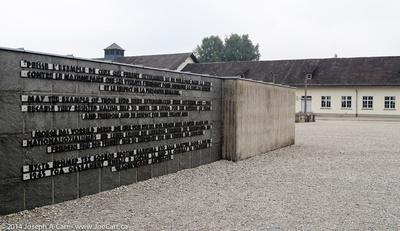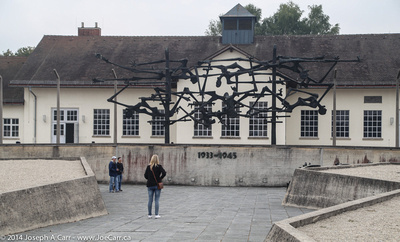2015 Gems of Arabia
February 15, 2015 – Sunday – Khasab to Muscat
After our flight lands in Muscat, we meet our Omani guide Yacoob, who will be with us until we leave Oman. The bus takes us to the City Seasons Hotel in the city, where we have the afternoon to ourselves. I catch up on my travel journal and photos, and have a nap this afternoon. We have a sumptuous and extensive dinner buffet in the hotel, consisting of western, Indian, and Omani food. Table service is top notch, and the desserts are amazing! The Al-Zawawi Mosque is nearby and is beautifully lit at night, so several of us find a good vantage point to take photos.
February 16, 2015 – Monday – Muscat
This morning we visit the Sultan Qaboos Grand Mosque: a beautiful example of Islamic architecture with exquisite crystal chandeliers, stained glass windows, wonderful flower gardens, and a beautiful exterior design. Arriving early means we are ahead of the cruise ship tours, so it’s nice to have lots of room and few crowds for the first 45 minutes. The whole experience at the mosque is peaceful and sublime. I am most impressed with this Grand Mosque over the Sheikh Zayed bin Sultan al-Nahyan Mosque (Grand Mosque) which we saw in Abu Dhabi.
After leaving the Grand Mosque, we drive down to the harbour, which is the Mutrah area of Muscat – an attractive corniche of latticed buildings and mosques. The Sultan’s very impressive yacht pulls into the harbour while we are there. This souq is the same as all the others we have visited, so after a quick walk through, I sit in the shade waiting for the group to reassemble.
Our next stop is the nearby Sultan’s Al-Alam Palace, which has a beautiful plaza with flowers everywhere. The palace is very small…obviously for ceremonies only. We are not allowed inside, but we have fun taking photos of the grounds, the plaza, and Michele directs our guide Yaqoob (as our ever-willing model) to add some interest to the scenes by walking in front of the palace and along a colonnaded breezeway. Yaqoob (and our drivers) are always impeccably dressed in turbans (or hats) and robes.
Later, we also see the Portuguese-built Mirani and Jalali forts at either end of the harbour, which the Palace is also located on. Jalali was a prison and is now a museum of Omani heritage. Mirani fort guarded the harbour entrance. Neither fort is open to the public, so we take a few photos of the beautiful harbour setting with the forts on either side and then return to our hotel. We indulge in another sumptuous and extensive dinner buffet in the hotel.
















































